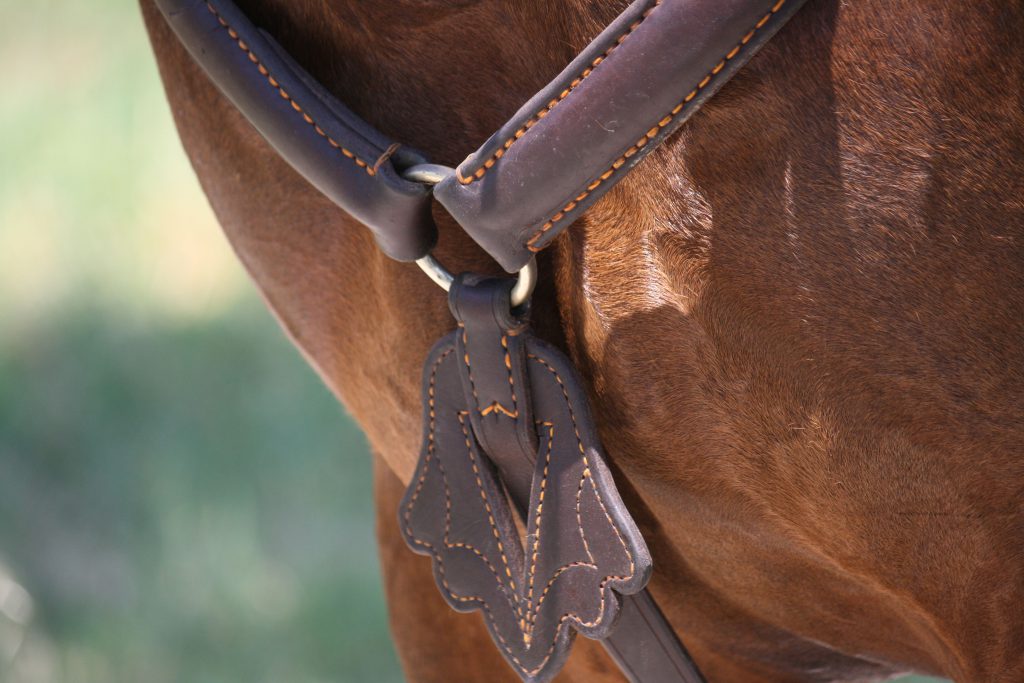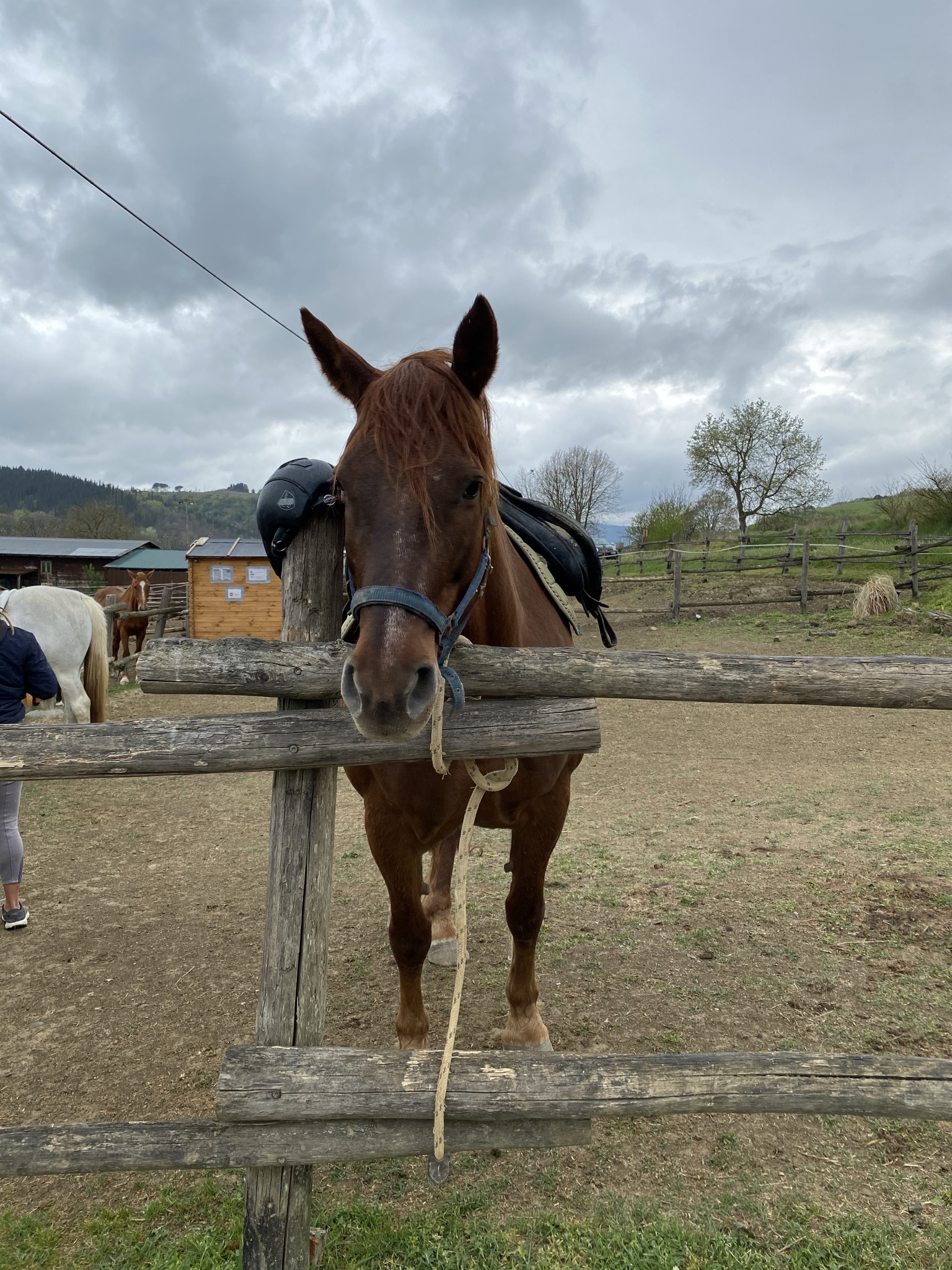Gallop Through Time: Uncovering the Rich History of Western Riding in the USA

People have been riding and working with horses since ancient times.
Trainers and riders rapidly discovered that the best way to ride is to work with movement of the horse and maintain proper balance.
Riders in Spain developed techniques to ride in a sturdy saddle with stirrups and a high cantle which allowed them to ride securely even when wearing heavy armor.
The early version of their saddle was known as the Spanish War saddle and it isn’t unlike the saddles that are used in Western riding in the USA today.
Spanish and Portuguese Conquistadors brought their riding equipment and style to America in the 16th century.
Mexican cowboys also used a similar style of riding and it became more popular after the Mexican/American war of 1848.
Spanish and Mexican riders who worked with livestock found that the basic structure of this saddle was also excellent for working purposes. The saddle allowed for a platform to hold rope and implements and to tie off a rope when handling cattle or other livestock. The stirrups also hung low which allowed cowboys to ride more comfortably for hours, so the style evolved into what we know as Western riding today.
The saddle that came out of this is often called the Western stock saddle. The saddles used are still typically heavy and fairly bulky although modern saddles are sometimes made with a synthetic tree for lighter handling. In competition, the saddles are typically still made of leather, but both natural and synthetic fabrics are sometimes used for sport, pleasure riding and training. Western saddles used for livestock roping still use a saddle horn and many riders prefer a saddle with a horn even if they do not rope.
Western-style saddles today are also available without a horn for use in rodeo and pleasure riding.
Western riders used bridles with and without bits from the beginning, though bitless bridles were more popular with indigenous Americans and bridles with mouthpieces were popular with European-American riders.
There is also some variation in the types of bits used in western riding as well as the type of reining. American pioneers used both direct reining and neck reining. Direct reining was essentially when the pressure was placed on the horse’s nose or mouth by a direct pressure applied to one rein.
Neck reining was utilized heavily by cowboys who had to work cattle at high speed and would train horses to move away quickly when a rein was brushed or pressed against the neck. Neck reining is particularly useful when the rider needs to have one hand free to hold a weapon, rope or other tools.
Today’s riders might make a broad differentiation between the English style of riding and the western style. Although the saddles look quite a bit different, there aren’t as many differences in the actual riding technique as one might think.
English riders are more likely to use direct pressure on the rein, but as we’ve discussed this is used in western riding as well. Maintaining balance over the horse and moving with the horse is extremely important whether the riding is using a Western saddle, English saddle or no saddle at all.
Riders today often know they can benefit by learning the history of all types of riding and utilizing various techniques as they apply to individual situations.


